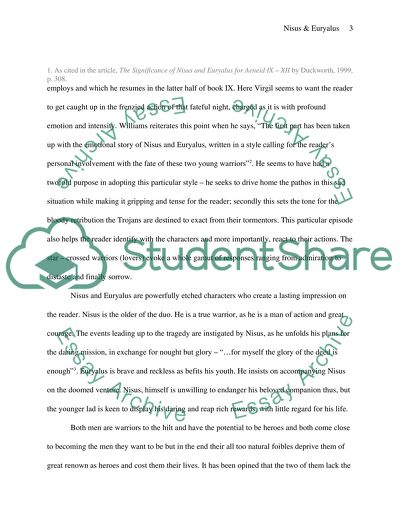Cite this document
(“Virgils Aeneid Book Report/Review Example | Topics and Well Written Essays - 2000 words”, n.d.)
Virgils Aeneid Book Report/Review Example | Topics and Well Written Essays - 2000 words. Retrieved from https://studentshare.org/literature/1532831-virgils-aeneid
Virgils Aeneid Book Report/Review Example | Topics and Well Written Essays - 2000 words. Retrieved from https://studentshare.org/literature/1532831-virgils-aeneid
(Virgils Aeneid Book Report/Review Example | Topics and Well Written Essays - 2000 Words)
Virgils Aeneid Book Report/Review Example | Topics and Well Written Essays - 2000 Words. https://studentshare.org/literature/1532831-virgils-aeneid.
Virgils Aeneid Book Report/Review Example | Topics and Well Written Essays - 2000 Words. https://studentshare.org/literature/1532831-virgils-aeneid.
“Virgils Aeneid Book Report/Review Example | Topics and Well Written Essays - 2000 Words”, n.d. https://studentshare.org/literature/1532831-virgils-aeneid.


